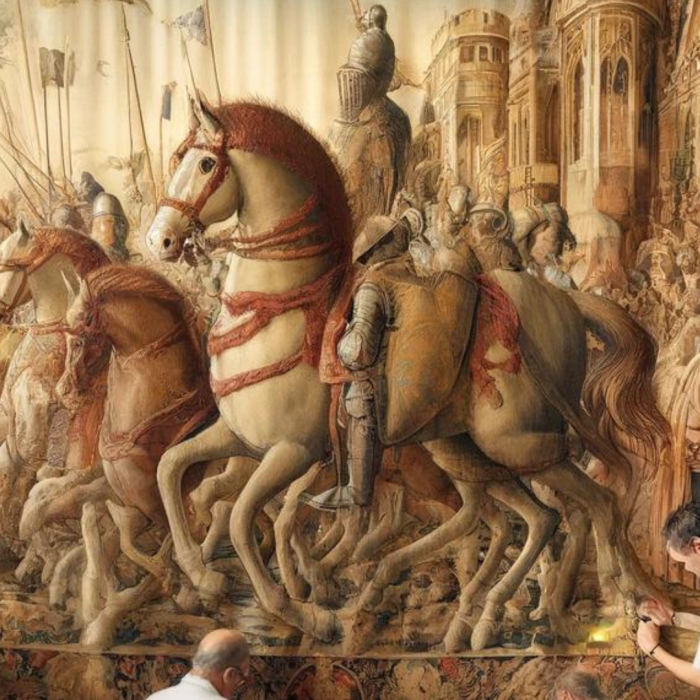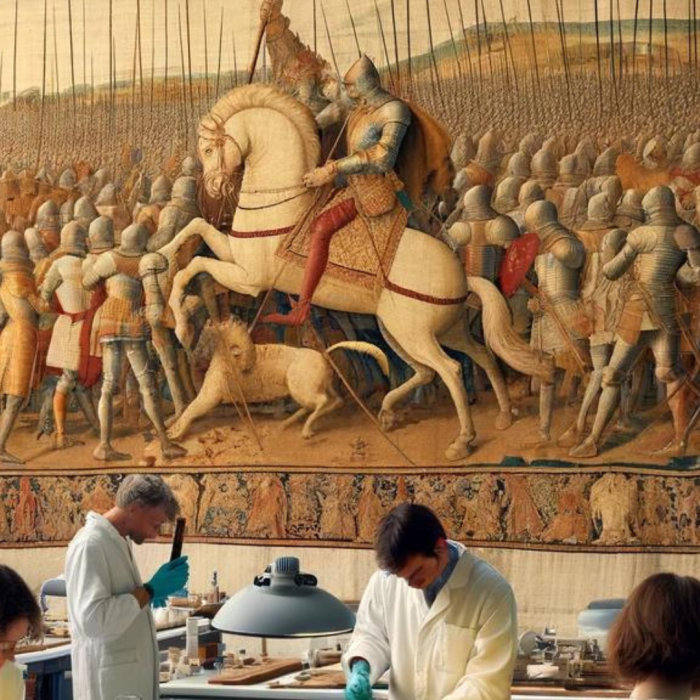The Cultural Significance of Tapestries
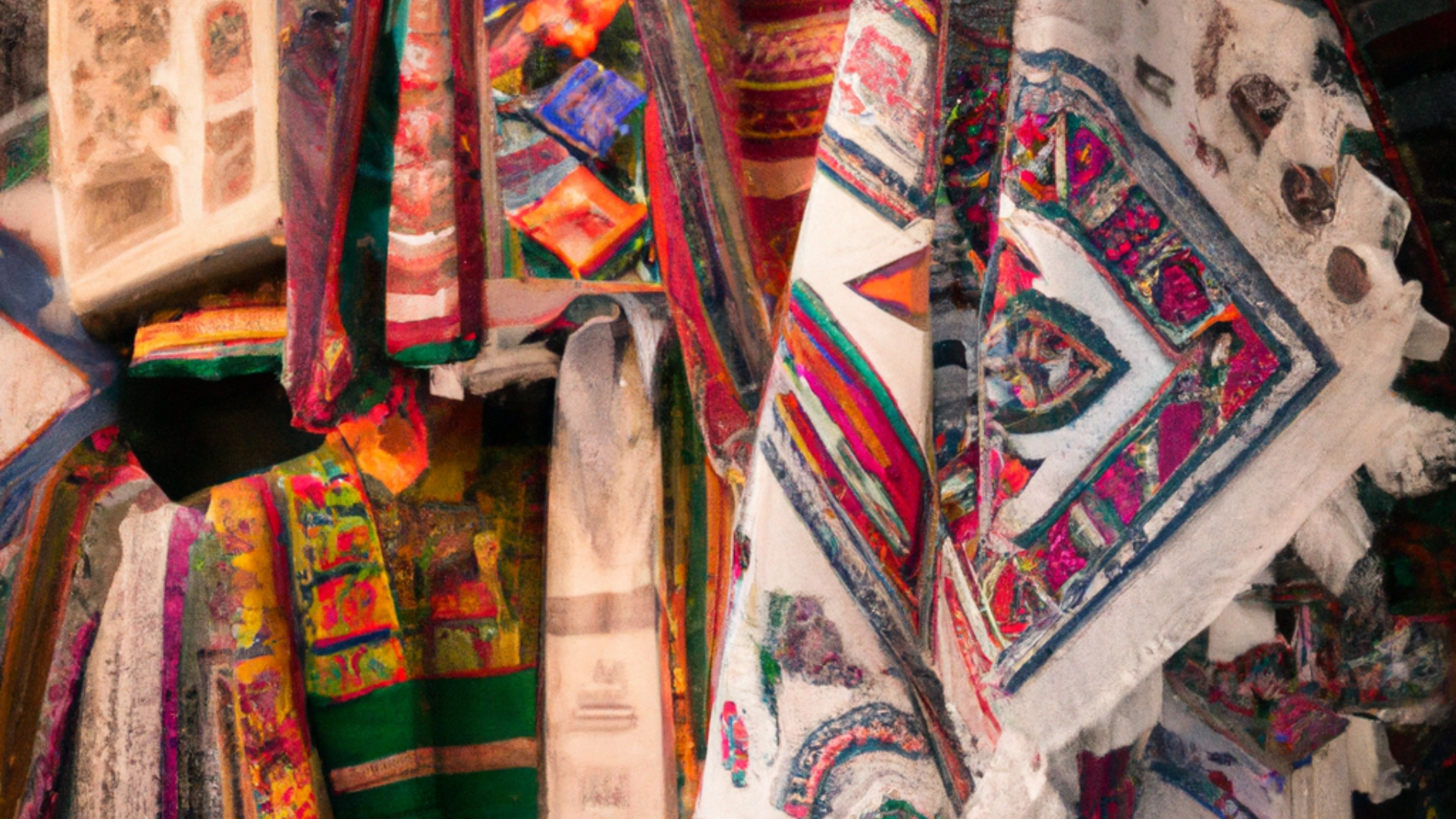
Tapestries are a form of textile art that holds significant cultural importance throughout history. They are woven textiles, typically large in size, used as wall hangings or furniture coverings. Here is a brief explanation focusing on the cultural significance of tapestries:
Cultural Significance of Tapestries
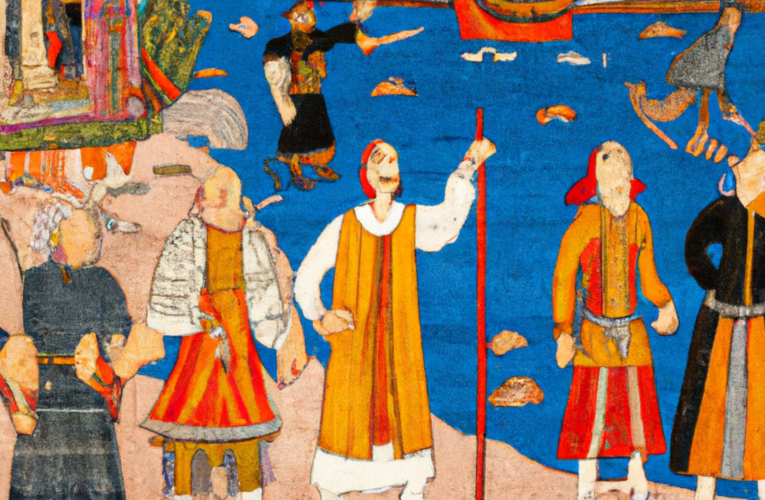
Historical Narratives:
Storytelling: Tapestries have been used for centuries to depict historical events, myths, and religious stories. They served as visual narrations for people who were unable to read or write.
Record Keeping: In many cultures, tapestries were a way to record important events, such as battles, coronations, or marriages. They were like visual historical records for societies.
Status and Wealth:
Symbol of Prestige: Owning tapestries was a sign of wealth and status. Wealthy families and institutions commissioned tapestries to display their power and sophistication.
Luxurious Decor: Tapestries adorned the walls of castles, churches, and grand homes, adding color, warmth, and insulation to these spaces.
Artistic Expression:
Artistic Mastery: Weaving tapestries required great skill and artistry. Tapestry workshops were hubs of creativity and innovation, employing talented weavers, designers, and dyers.
Blend of Art Forms: Tapestries often combined elements of painting, sculpture, and textile art. Intricate designs, vibrant colors, and rich textures made them visually captivating.
Cultural Exchange:
International Trade: Tapestries were highly valued commodities in international trade. They were gifted between rulers and used in diplomacy, fostering cultural exchange.
Influences and Styles: Different regions developed distinct tapestry styles, influenced by their culture, religion, and artistic traditions. Examples include the medieval European tapestries and the intricate Persian and Mughal designs.
Preservation of Heritage:
Historical Preservation: Many tapestries survived through the ages, providing invaluable insights into past societies, their beliefs, and their way of life.
Museum Collections: Today, tapestries are prized possessions in museums worldwide, showcasing the artistry and history of different cultures.
In essence, tapestries are more than just decorative textiles; they are windows into the past, reflecting the cultural, social, and artistic values of the societies that created them. Their enduring appeal lies in their ability to tell stories, display beauty, and preserve history for future generations.
Origins of Tapestries
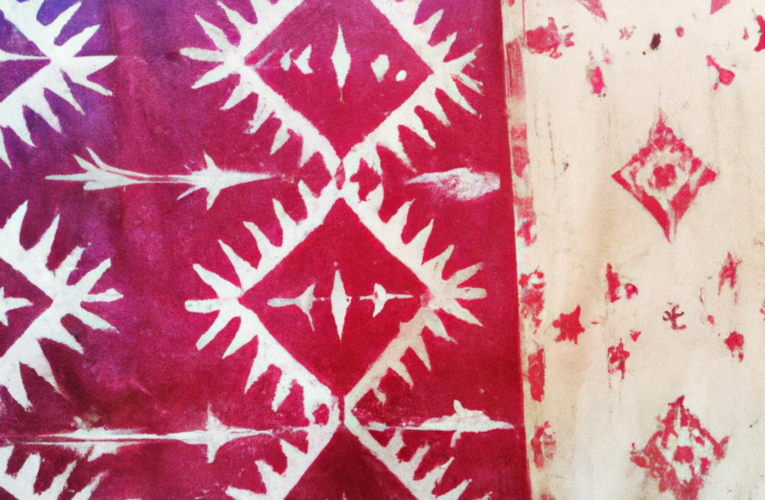
Tapestries have a rich history spanning ancient civilizations to medieval Europe, each with their own cultural significance and artistic expressions.
1. Ancient Civilizations' Tapestries
Egyptian Tapestries:
Cultural Significance: In ancient Egypt, tapestries played a role in religious ceremonies and as decorations in temples and tombs.
Themes: These tapestries often depicted scenes of daily life, religious ceremonies, and mythological stories.
Materials and Techniques: Egyptians used linen, wool, and sometimes silk. They employed techniques like weaving and embroidery, creating intricate designs with vibrant colors.
Symbolism: Symbolism was important, with elements representing gods, pharaohs, and spiritual beliefs.
Greek Tapestries:
Cultural Significance: Tapestries in Ancient Greece were known as “textiles” and were used to decorate temples, homes, and clothing.
Themes: They depicted mythological scenes, historical events, and everyday life.
Materials and Techniques: Greeks used wool primarily, showcasing their weaving skills. They also used techniques like embroidery and dyes for vibrant colors.
Symbolism: Tapestries often carried symbols of Greek gods, heroes, and legends, serving as educational tools and cultural artifacts.
Roman Tapestries:
Cultural Significance: Roman tapestries, or “textilia,” were luxury items used in homes of the wealthy and for public displays.
Themes: Scenes of Roman conquests, daily life, and mythological stories were common.
Materials and Techniques: They used wool, silk, and linen, with detailed weaving techniques like “opus plumariun” for intricate designs.
Symbolism: Tapestries were symbols of wealth and power, often showcasing Roman victories or important events.
2. Medieval European Tapestries
Bayeux Tapestry (11th Century):
Cultural Significance: This tapestry is a remarkable historical document depicting the Norman Conquest of England.
Themes: It narrates the events leading up to the Battle of Hastings in 1066, providing a detailed account of the time.
Materials and Techniques: Made of wool embroidery on linen, it’s a massive 230 feet long with scenes intricately stitched.
Symbolism: It served as a visual history book, conveying a political message of the conquest’s legitimacy.
The Lady and the Unicorn (15th Century):
Cultural Significance: These tapestries are renowned for their beauty and mysterious symbolism.
Themes: The six tapestries depict the five senses (sight, hearing, taste, touch, and smell) along with the mysterious “A Mon Seul Désir” tapestry.
Materials and Techniques: Wool and silk were used with intricate weaving techniques, including the use of gold and silver threads.
Symbolism: Each tapestry explores the senses and possibly the idea of courtly love, with rich symbolism open to interpretation.
The Cultural Significance of Tapestries
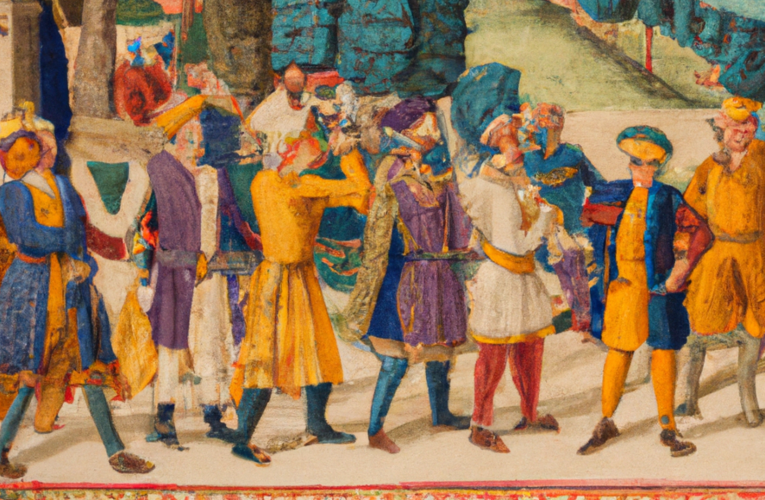
Status and Wealth: Tapestries were symbols of wealth and power, often commissioned by royalty and nobility.
Narrative and Education: They served as historical records, telling stories of conquests, mythologies, and everyday life.
Decoration and Function: Tapestries adorned castles, churches, and homes, providing insulation and decoration in often cold and sparse interiors.
Artistic Expression: They showcased the craftsmanship of weavers, using intricate designs, vibrant colors, and diverse materials.
Legacy: Tapestries are valuable artifacts, preserving cultural and historical narratives for future generations.
In summary, the cultural significance of tapestries from ancient civilizations to medieval Europe lies in their role as symbols of status, their function as historical and narrative tools, their artistic expression, and their lasting legacy as valuable cultural artifacts.
Evolution Over Time
1. Transition from Functional to Decorative Art:
Tapestries have played a significant role in the evolution of art, particularly in the transition from functional to decorative art. Originally, tapestries served functional purposes such as insulation, as they were often hung on the walls of medieval castles and homes to keep out drafts. However, over time, they evolved into highly prized decorative art pieces.
As societies advanced and the need for practical insulation diminished, tapestries began to take on more intricate designs and elaborate scenes. Artisans started to weave intricate stories, historical events, religious narratives, and mythological tales into these textiles. This transition marked a shift from purely utilitarian objects to works of art that adorned the walls of palaces, churches, and noble residences.
The transition from functional to decorative art not only elevated the status of tapestries but also highlighted the craftsmanship and artistic skill involved in their creation. They became symbols of wealth, power, and prestige, with noble families and royal courts commissioning tapestries to showcase their status and sophistication.
2. Tapestries in Royal Courts and Noble Residences:
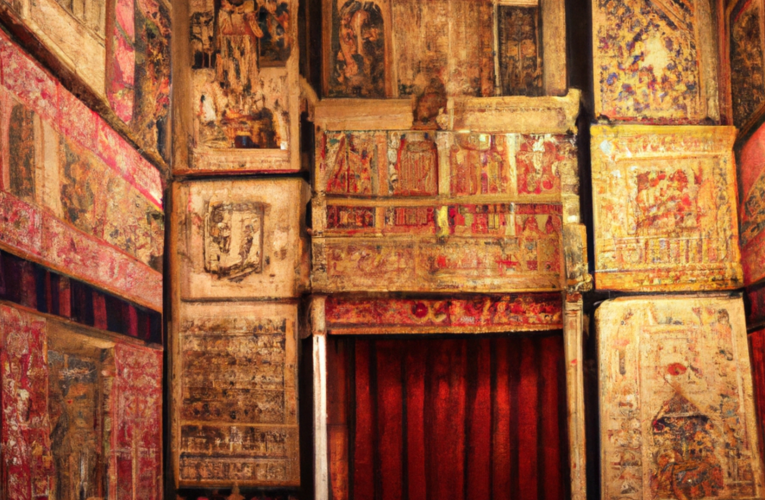
Tapestries held immense cultural significance in royal courts and noble residences. They were not merely decorative pieces but served multiple purposes that were integral to the cultural and social fabric of these settings.
- Status and Prestige: Tapestries were a way for nobility to display their wealth and status. Owning a collection of finely woven tapestries was a symbol of affluence and power. The grandeur of these textiles, often depicting scenes of battles, hunts, or mythological tales, added to the opulence of royal palaces and noble estates.
- Storytelling and Education: Many tapestries were designed to tell stories. They depicted historical events, heroic tales, or religious narratives. In an era before widespread literacy, tapestries served as visual storytelling devices, educating viewers on important events or moral lessons. They were often used to decorate halls and chambers where guests and residents could admire them and learn from the narratives they depicted.
- Insulation and Comfort: While the functional purpose diminished over time, tapestries still provided some insulation and warmth to the often drafty and cold stone walls of medieval buildings. In this way, they retained a practical element even as their artistic value grew.
- Diplomacy and Exchange: Tapestries were also used in diplomatic exchanges between rulers. They were prestigious gifts, exchanged between monarchs to foster alliances or celebrate important occasions. The intricate craftsmanship and the time-consuming process of creating tapestries made them valuable commodities in diplomatic relations.
- Patronage of the Arts: The commissioning of tapestries supported artists, weavers, and workshops. Nobility and royalty acted as patrons, providing the means for artisans to create these masterpieces. This patronage not only supported the arts but also contributed to the preservation of historical and cultural narratives through the medium of tapestry.
- Tapestries were more than just decorative items; they were symbols of wealth, power, and culture. Their evolution from functional to decorative art marked a significant shift in how society viewed and valued these intricate textiles. In royal courts and noble residences, tapestries served as status symbols, educational tools, diplomatic gifts, and reminders of the rich cultural tapestry of the era.
European Tapestries
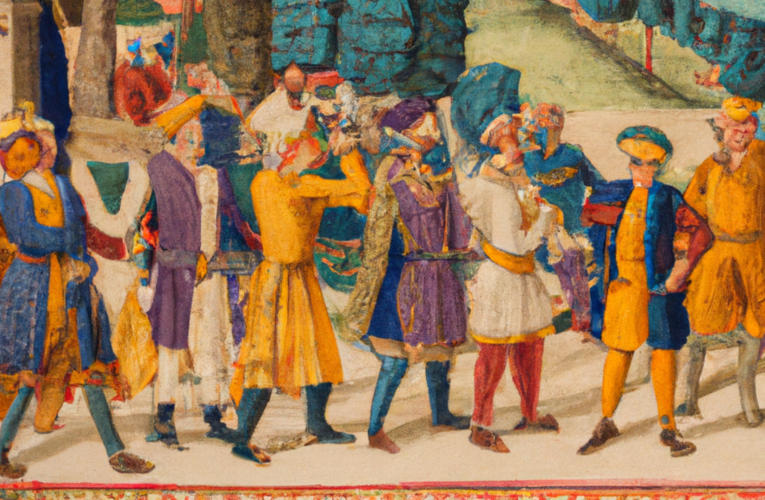
Tapestries hold significant cultural importance, particularly in European history and art. Let’s explore the cultural significance of two distinct traditions: French Gobelins and Aubusson tapestries, as well as Flemish and Belgian tapestry traditions.
1. French Gobelins and Aubusson Tapestries:
Cultural Significance:
Royal Patronage: These tapestries were often commissioned by the French royal court, including kings like Louis XIV. They were symbols of wealth, power, and cultural refinement.
Artistic Excellence: Gobelins and Aubusson workshops were renowned for their meticulous craftsmanship. Skilled weavers created intricate scenes, often depicting historical events, mythological tales, or pastoral scenes.
Preservation of History: Tapestries served as historical records, showcasing important events or the lifestyles of the times. They were like portable murals, decorating grand palaces and castles while telling stories.
Symbol of Prestige: Owning a Gobelins or Aubusson tapestry signified status. These were not just decorative pieces but investments that could be passed down through generations.
Influence on Fashion and Design: The intricate designs of these tapestries often influenced other art forms, such as fashion and interior design. Elements from tapestries could be seen in clothing patterns and home decor.
Cultural Exchange: These tapestries were not just limited to France. They were often gifted to foreign dignitaries, showcasing French artistry and culture across Europe.
2. Flemish and Belgian Tapestry Traditions:
Cultural Significance:
Artistic Innovation: Flemish and Belgian tapestries were known for their innovation in weaving techniques and designs. Artists like Pieter Paul Rubens were involved in creating cartoons (designs) for these tapestries.
Wealth and Trade: The success of Flemish and Belgian tapestries contributed to the region’s wealth during the Renaissance. Flanders was a hub of trade, and tapestries were valuable exports.
Religious and Secular Themes: These tapestries often depicted religious scenes for churches and cathedrals, as well as secular themes like hunting or daily life. They were multi-purpose, serving both decorative and functional roles.
Collaboration of Artists: Flemish and Belgian tapestries often involved collaboration between painters, designers, and weavers. This cross-disciplinary approach enriched the art form.
Cultural Identity: These tapestries became a part of the cultural identity of the region, with distinct styles emerging over time. Flemish tapestries, for example, were known for their rich colors and attention to detail.
Celebration of Nature: Many Flemish and Belgian tapestries celebrated the beauty of nature, with lush landscapes and intricate floral designs.
In summary, both French Gobelins/Aubusson and Flemish/Belgian tapestry traditions are culturally significant for their artistic excellence, historical importance, and role in showcasing wealth, power, and cultural identity. These tapestries are not just beautiful artworks but windows into the past, reflecting the values and interests of their respective societies.
Global Influence
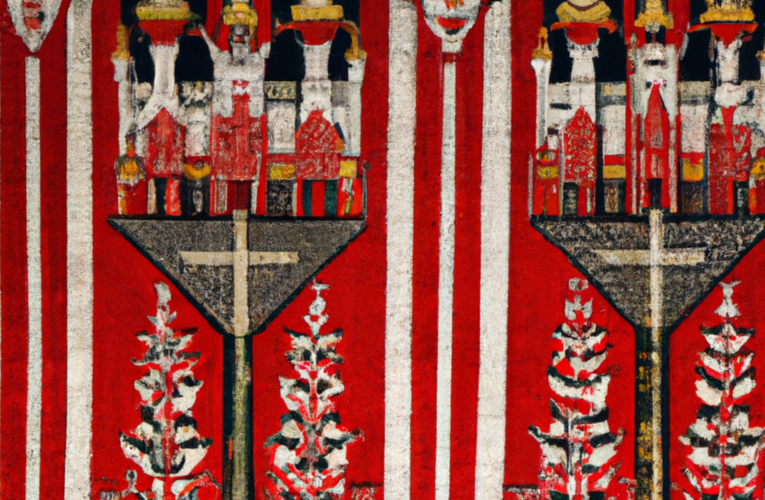
Tapestries have held significant cultural importance throughout history, serving as more than just decorative pieces but also as carriers of stories, traditions, and influences from various parts of the world. Let’s explore the cultural significance of tapestries from Indian, Persian, Middle Eastern, Asian, and African traditions:
1. Indian, Persian, and Middle Eastern Tapestries
In these regions, tapestries have been integral to cultural and religious practices for centuries. They often depict scenes from religious texts, mythological stories, and historical events. For example:
Indian Tapestries: India has a rich tradition of textile art, including tapestries. These might feature intricate designs like mandalas, scenes from Hindu epics like the Ramayana and Mahabharata, or motifs representing nature and spirituality.
Persian Tapestries: Persian carpets and tapestries are world-renowned for their elaborate patterns and colors. They often include motifs like floral designs, arabesques, and geometric shapes, reflecting the region’s artistic and mathematical prowess.
- Middle Eastern Tapestries: From regions like Turkey and Egypt, tapestries display a blend of Arabic calligraphy, geometric patterns, and symbolic motifs. These tapestries can convey religious messages, cultural identity, and historical events.
2. Asian Tapestry Art (e.g., Chinese Silk Tapestries)
Chinese Silk Tapestries: China has a long history of silk tapestries, often used to decorate palaces and important buildings. These tapestries may depict scenes from Chinese mythology, historical events, landscapes, or animals. They are known for their fine silk threads, intricate weaving techniques, and vibrant colors, symbolizing prosperity and luxury.
3. African Tapestry Traditions (Kente Cloth, Aso-Oke)
Kente Cloth (Ghana): Kente is a brightly colored, handwoven cloth made by the Akan people of Ghana. Each design and color combination has specific meanings, representing proverbs, historical events, or the wearer’s social status. These tapestries are worn during important cultural ceremonies like weddings, funerals, and festivals.
Aso-Oke (Nigeria): Aso-Oke is a handwoven cloth among the Yoruba people of Nigeria. It is characterized by its vibrant colors, intricate patterns, and metallic threads. Aso-Oke is traditionally worn during celebrations and ceremonies, reflecting the wearer’s cultural heritage and social standing.
Cultural Significance:
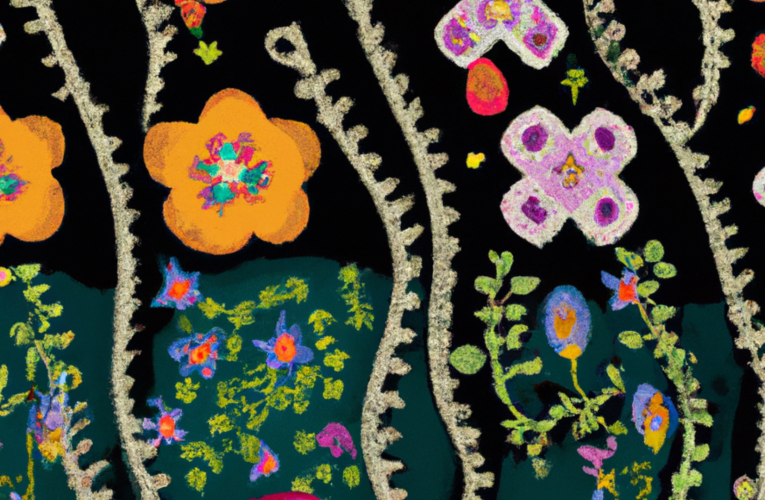
Preservation of History: Tapestries serve as historical records, preserving stories and traditions for future generations. They often depict important events, cultural practices, and symbols unique to each region.
Identity and Status: In many cultures, the type of tapestry one wears or displays can signify social status, tribe, or religious affiliation. They are a way to express identity and belonging within a community.
Artistic Expression: These tapestries are intricate works of art, showcasing the craftsmanship and artistic skills of their creators. They blend symbolism, color, and design in unique ways, reflecting the aesthetics and values of the culture.
Global Influence: Through trade and cultural exchanges, these tapestry traditions have spread across continents, influencing art and textile production worldwide. For example, the European Renaissance was greatly influenced by Persian and Asian tapestries, leading to the development of European tapestry art.
In summary, tapestries from Indian, Persian, Middle Eastern, Asian, and African traditions hold immense cultural significance. They are not merely decorations but living artifacts that carry stories, traditions, and influences from diverse cultures, contributing to the global tapestry of art and history.
Religious and Mythological Themes
Tapestries have been important cultural artifacts throughout history, often depicting various themes that hold significance to the cultures that created them. Let’s delve into the cultural significance of tapestries within these specific themes:
1. Biblical Narratives
Tapestries depicting Biblical narratives were often commissioned by churches and wealthy patrons to visually tell stories from the Bible. These tapestries served both decorative and educational purposes. For the largely illiterate population of the Middle Ages and Renaissance, tapestries offered a way to learn and engage with religious stories. They were also used to decorate the interiors of churches and cathedrals, creating a visually rich and spiritually immersive environment.
These tapestries often depicted scenes from the Old and New Testaments, such as the story of Creation, the life of Jesus Christ, or events like the Crucifixion and Resurrection. The cultural significance lies in their role in spreading religious teachings, reinforcing faith, and showcasing the patron’s piety and wealth.
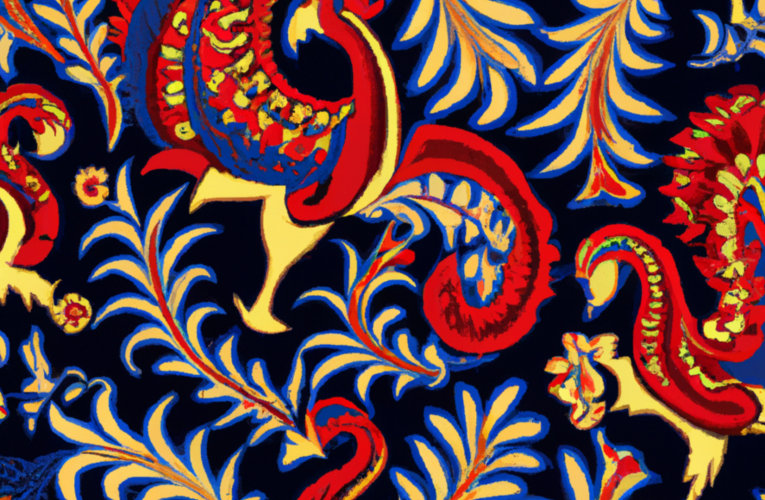
2. Greek and Roman Mythology
Tapestries featuring Greek and Roman mythology were popular during the Renaissance, especially among the nobility and elite who admired the classical cultures. These tapestries often depicted scenes of gods and goddesses, epic battles, and mythical creatures. They were not just decorations but symbols of education, sophistication, and a connection to the classical world.
By showcasing these mythological themes, tapestries served to elevate the status of their owners, linking them to the glory and power of ancient empires. They also provided a way to explore moral and philosophical ideas found in these myths, adding layers of meaning beyond their visual beauty.
Historical Events and Triumphs
1. Battles, Coronations, and Royal Celebrations
Tapestries commemorating battles, coronations, and royal celebrations served as historical records and propaganda tools. They were commissioned by monarchs to glorify their reigns, showcasing their victories, the splendor of their courts, and the grandeur of important events.
These tapestries often depicted scenes of triumphant battles, elaborate coronations, and festive celebrations. They were displayed in palaces and castles, not only as decorations but as visual reminders of the power and legitimacy of the ruling dynasty. Through intricate details and vivid imagery, they conveyed a sense of national pride and strength.
2. Commemoration of Significant Moments in History
Tapestries were also used to commemorate significant moments in history, such as treaties, alliances, and important ceremonies. For example, the “Nine Heroes” tapestries in the Habsburg collection celebrate the Treaty of Nuremberg in 1542, which solidified an alliance between Charles V and Henry VIII.
These tapestries were not just about decoration; they were historical documents in fabric form, preserving important events for future generations. They were displayed in public spaces to remind viewers of key moments in their nation’s history and the virtues of the ruling class.
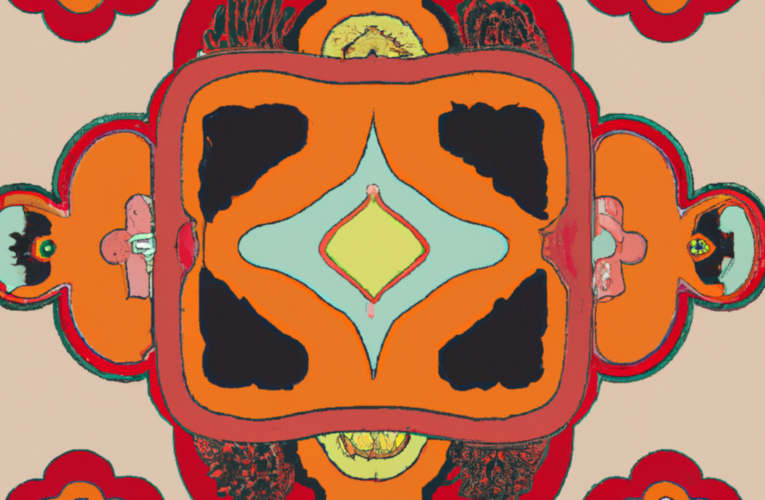
Nature and Wildlife
1. Floral Motifs
Tapestries featuring floral motifs were particularly popular during the Renaissance and Baroque periods. They often showcased intricate and vibrant designs of flowers, foliage, and fruits. These motifs symbolized various concepts such as beauty, fertility, the cycle of life, and the changing seasons.
Floral tapestries were not only aesthetically pleasing but also carried deeper meanings. They were used to decorate palaces, representing the wealth and refinement of the owner. They also served as status symbols, as the complexity and variety of the designs demonstrated the skill of the weavers and the wealth of the patron.
2. Animals and Hunting Scenes
Tapestries depicting animals and hunting scenes were favored by royalty and nobility as symbols of power, wealth, and prowess. These tapestries often featured noble hunts, where aristocrats showcased their skills in capturing wild game.
These scenes were not just about the hunt; they symbolized themes of dominance over nature, courage, and the pursuit of glory. They also celebrated the luxury of the noble lifestyle, with depictions of lavish clothing, ornate weaponry, and majestic animals.
Tapestries hold immense cultural significance through their depictions of religious and mythological stories, historical events, and nature. They served as more than just decorative pieces, acting as educational tools, propaganda instruments, historical records, and symbols of power and wealth. Through their intricate designs and rich symbolism, tapestries reflected the values, beliefs, and aspirations of the societies that created and cherished them.
Techniques and Artistry
Weaving Process:
1. Warp and Weft Technique:
Tapestries are woven using the warp and weft technique.
Warp: This refers to the vertical threads that are attached to the loom before weaving begins. They form the foundation of the tapestry.
Weft: The weft threads are woven horizontally through the warp threads, creating the design and patterns of the tapestry.
2. Loom Types and Sizes:
Various loom types are used for tapestry weaving, ranging from small handheld frames to large, elaborate floor looms.
The size of the loom determines the size of the tapestry that can be created.
Different loom sizes and types allow for versatility in the scale and detail of tapestries.

Materials Used:
- Wool, Silk, Cotton, and Gold/Silver Threads:
Wool: Often used for its durability and ability to hold vibrant colors.
Silk: Adds a luxurious sheen and is used for intricate details.
Cotton: Provides a softer texture and is commonly used for lighter tapestries.
Gold/Silver Threads: These metallic threads add a touch of opulence and were often used in richly adorned tapestries.
2. Natural Dyes and Their Significance:
Natural dyes were traditionally used to color the threads.
Cultural Significance: The use of natural dyes connects tapestries to the environment and local traditions.
Symbolism: Certain colors held symbolic meanings. For example, red might symbolize power or royalty, while blue could represent spirituality.
Master Artisans and Guilds:
1. Skilled Weavers and Workshops:
Tapestry weaving was a highly skilled craft, requiring years of training.
Master weavers often ran workshops where apprentices learned the art.
Cultural Transmission: These workshops were centers of cultural transmission, passing down techniques and designs through generations.
2. Preservation of Traditional Techniques:
Guilds played a crucial role in maintaining the quality and integrity of tapestry weaving.
Standards: Guilds set standards for materials, techniques, and designs.
Cultural Heritage: By preserving traditional techniques, guilds ensured that the cultural heritage embedded in tapestries was upheld.
The Cultural Significance of Tapestries:
Historical Narratives: Tapestries often depict historical events, myths, and legends, serving as visual records of a culture’s past.
Symbolism: Designs and motifs in tapestries can carry deep cultural and religious symbolism.
Status and Prestige: In many cultures, owning or commissioning a tapestry was a symbol of wealth and status.
Artistic Expression: Tapestries are intricate works of art, showcasing the skill and creativity of their makers.
Cultural Exchange: Tapestries often traveled widely, exchanged as diplomatic gifts or as spoils of war, spreading cultural ideas and styles.
In conclusion, tapestries are not just textiles; they are embodiments of cultural heritage, craftsmanship, and artistic expression. The weaving process, choice of materials, and the role of master artisans and guilds all contribute to their rich cultural significance throughout history.
Exploring a Timeless Art Form
Tapestries, often overlooked in the world of art, hold a profound cultural significance that transcends time and borders. These woven masterpieces are not just mere decorations; they are windows into history, society, and the human experience. Let’s delve into the rich tapestry of stories that these art forms carry, encouraging readers to explore and appreciate this timeless art form.
In unraveling the threads of tapestries, we unravel the threads of history and culture woven into each masterpiece. From the magnificent courts of Europe to the serene landscapes of Asia, these artworks are bridges to our shared heritage. As we explore the cultural significance of tapestries, let us not only admire their beauty but also celebrate the stories they tell. I encourage you to visit museums, study their intricate details, and appreciate the artistry and history they hold. In doing so, we honor the artisans of the past and ensure that their legacy continues to enrich and inspire generations to come.



